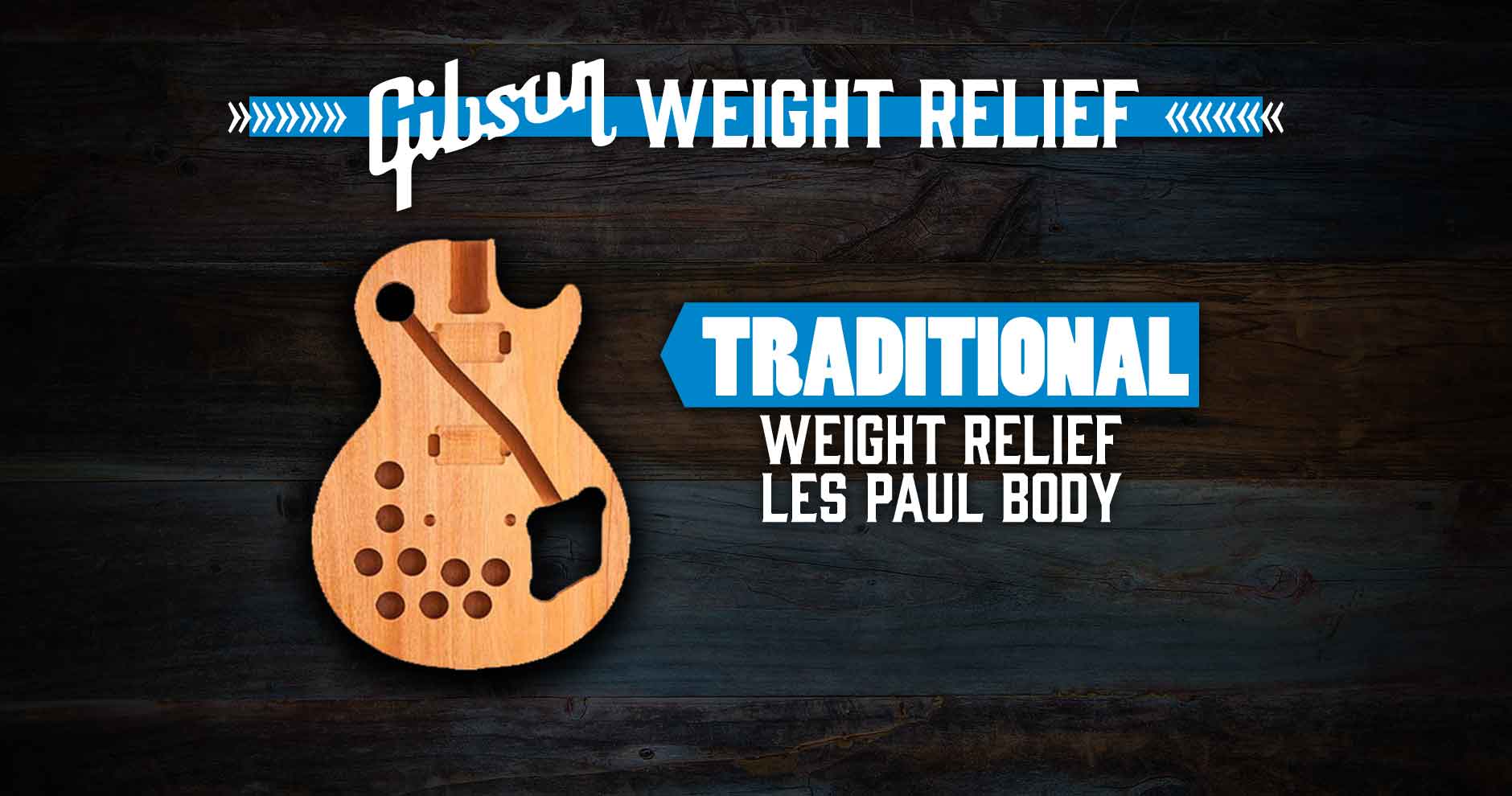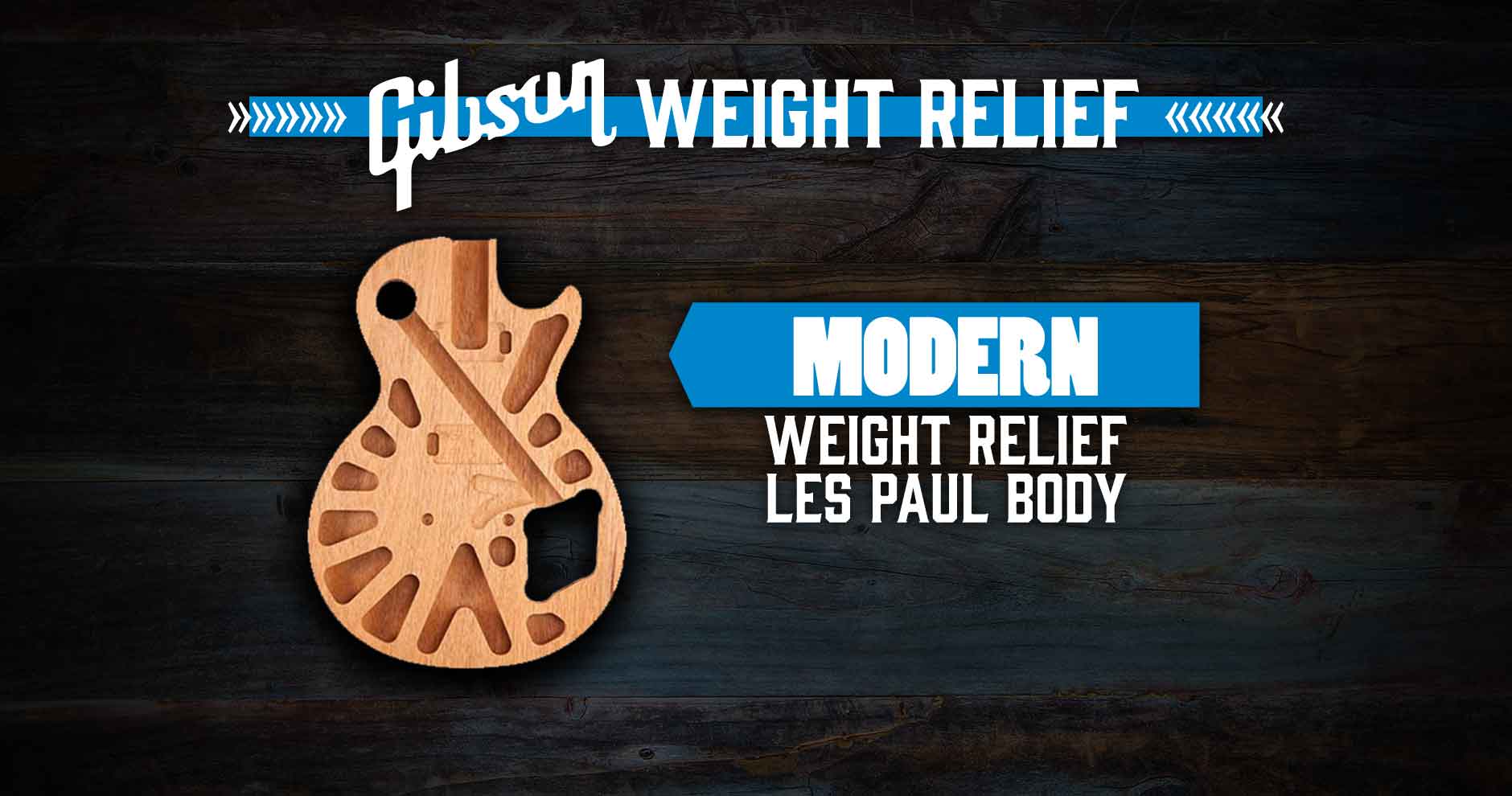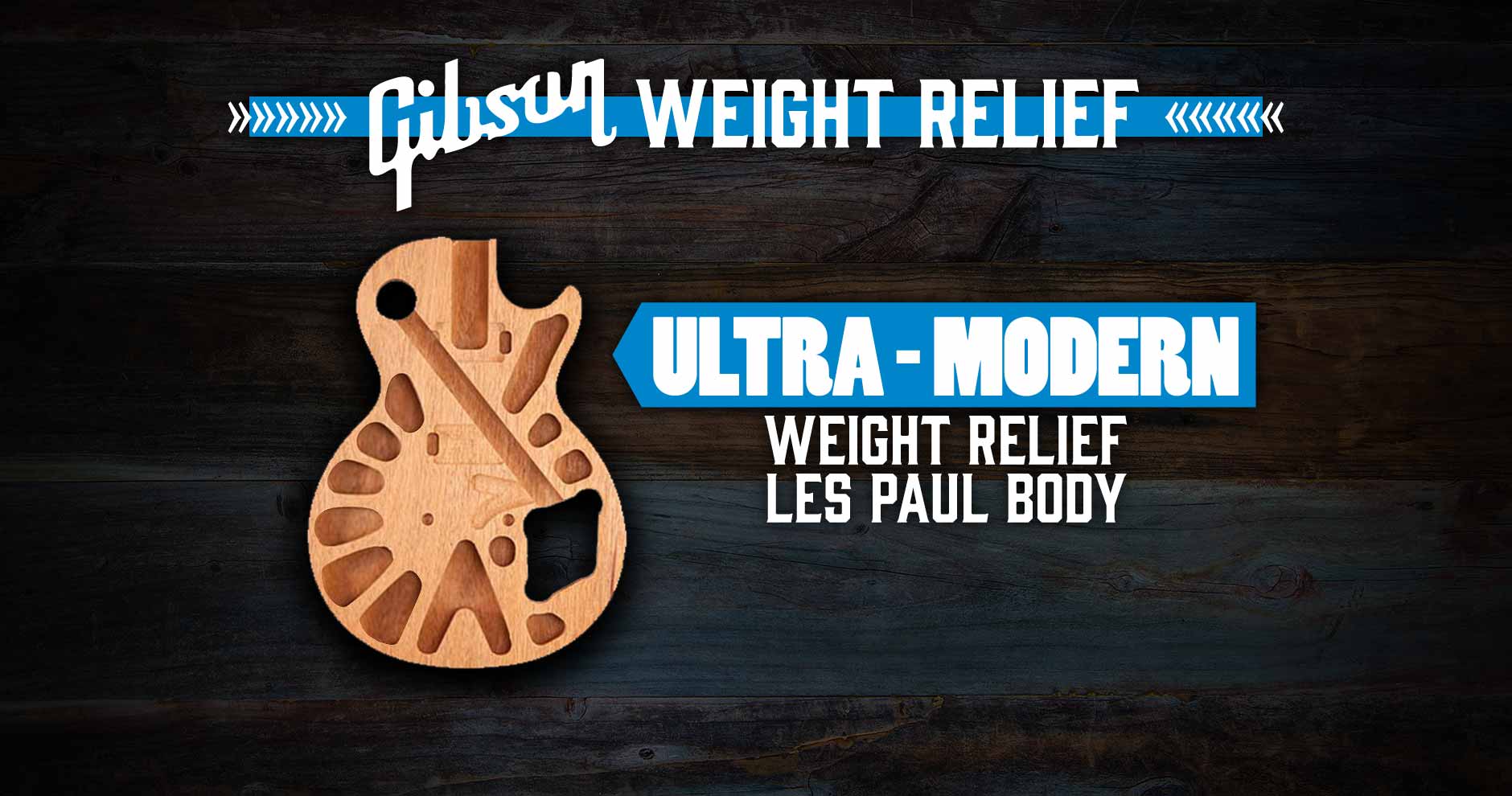The famed sustain and weighty tone of the Gibson Les Paul is common knowledge in the guitar world. While very few dispute the resonant quality of the Les Paul, it’s often attributed to different aspects of the guitar depending on who you speak to.
For some, it’s those sizzling yet silky-smooth PAF-style pickups. Brilliant for snarling blues and soaring leads alike – although this depends on the model you’re referring to. Others say it’s to do with the Maple tops, their density and hardness also adding some extra top-end sparkle. Then there’s the neck joint, with set-necks and neck-through configurations providing smoother attack & better sustain overall. Most people, however, say that it’s down to the holy grail of Les Paul tonewood: Mahogany.
Tonewood Profile: Mahogany
Mahogany has been the favoured tonewood of Gibson guitars for decades. It’s known for its warm, rich tone, with a pronounced low-end, healthy midrange projection and smooth treble response. It’s also got a fine but varied grain pattern, making it brilliantly suited to translucent finishes. Its most famous trait, as we just mentioned, is its never-ending sustain. It’s extremely resilient and stable, with excellent resonance, but as a result, it weighs an awful lot.
What Is Weight Relief?
Ask any guitarist for their opinion on Les Pauls – there’s a likelihood that most of them will point out their weight. For years, weight and sustain have gone hand-in-hand with each other, both cause and effect.
As the term suggests, weight relief is essentially carving out chunks of a guitar’s body wood to make it lighter. This can be done to varying degrees; semi-hollow guitars are, by nature, weight relieved due to the fact that they’re partially hollow. Classic Les Pauls are quite the opposite; big, solid blocks of Mahogany that sound great but require a strong set of shoulders and a sturdy power stance.
In the 1980s, Gibson saw an increase in popularity of S-type guitars and a shift in playing styles, and decided to do something about it. Perhaps guitarists were starting to come round to the idea that weight didn’t necessarily mean better sustain and tone. This is when they introduced weight relief; guitars that were lighter without sacrificing that desirable tone.
…it’s just a good thing. It costs us extra time and effort to do it, so we’re not saving anything. It’s an expense on our part, but we feel good about doing it. – Gibson Master Luthier Jim DeCola
The Different Types of Weight Relief
Since the introduction of weight relief in the ‘80s, Gibson have experimented with a number of variations. Each one provides a distinctive tone, unique balance and a fresh opportunity for debate. Let’s take a closer look:
Traditional Weight Relief
The earliest form of weight relief first introduced in the ‘80s. This process involves routing nine even circular holes in the body of a Les Paul, usually in the lower bout in a semi-circular formation. Its distinct appearance earned it the nickname of ‘Swiss Cheese weight relief’.
This traditional method has become highly sought after over the years. It alleviates some of the heftiness of the guitar, without sacrificing its solid feel and weighty resonance. This technique has been brought back for the Gibson USA Classic series.
Chambering
This is the opposite end of the spectrum. This dramatic technique involves a number of large rounded chambers in the body that revolve around the central electrical routing. Unlike the traditional method, the chambered weight relief models are lighter by a significant amount, almost comparable to semi-hollow instruments.
As you might expect, this results in a mid-centric, almost acoustic resonance. Because of this, these guitars are slightly more prone to feedback than their solid-body counterparts, so aren’t necessarily suited to cranked high-gain styles. The chambered configuration is mostly reserved for Custom Shop models and limited runs.
Modern Weight Relief
Modern weight relief is the middle-ground between traditional and ultra-modern processes. This version of weight relief has generally been phased out of production so you’ll only find it on discontinued models. While the modern weight relief process involves removing far more wood than the traditional method, it doesn’t go quite as far as chambering. Instead of large empty spaces in the body, it utilises a series of carefully calculated and evenly spaced elliptical holes.
Each chamber is separated by a thin piece of wood to eliminate the risk of feedback. In addition, the amount of wood removed ensures a significant change in weight – you can’t really lose in this instance. It’s lighter, but still sounds great when cranked!
Ultra-Modern Weight Relief
(note: this image is an altered impression of ultra-modern weight relief. The chambers are very slightly larger with more rounded edges, but there are currently no available images of ultra-modern weight relief online!)
This is the current culmination of Gibson’s research into weight relief and resonance. Through careful tweaking of the modern formula, the mad scientists at Gibson were able to further alleviate the weight of the instrument without budging on sound.
By adjusting the size and position of each hole by tiny amounts, the balance of the guitar has been optimised and the weight reduced. But it doesn’t affect the way the body resonates or its invulnerability to feedback. A number of modern Gibson designs use this method, including the Modern, Studio and Tribute models from the Core collection.
Want to know more about Gibson guitars or tonewood? Head over to our Gibson page, or check out our other Learn articles for useful info on all-things-guitar!







Responses & Questions
One response to “What Is Gibson Weight Relief?”
Great article. Very interesting look at weight relief in an easily digestible format. Thanks!